Un progetto vero. Finalmente. →
Fotografie di Francesca Suriano.
Fotografie di Francesca Suriano.
Here’s the thing about PS Vita exclusive Murasaki Baby: it’s one of the strangest, most subversive games I’ve played. It seems like studioOvosonico designed it to deliberately get under the skin of established game conventions, and the result is something I’ve never quite seen before.
You don’t directly control the titular Baby, for instance; instead, you lead her through a disturbing world solely using PS Vita’s front touchscreen and rear touchpad (that’s right: no buttons or analog sticks at all). As the game progresses, Baby learns from your interactions and gradually becomes a bit more independent.
The game’s universe is the real star, starting with the lively sketch-like art direction of the environment and its characters. From the ominous landscapes — which look like Tim Burton fever dreams — to the grotesque character designs, Murasaki Baby is a study in how to make cute creepy.
Watch my playthrough of the game’s first chapter to see why Murasaki Baby is worth keeping an eye out when it lands on PS Vita this September.
Source: blog.eu.playstation.com
Su tutto l’onestà. Giovanni Gastel l’ho inventato io. Non è un vanto (anche), ma è per chiarire subito la situazione. Posso essere acritico, dunque, ma non tanto. Perché se editorialmente ho lanciato io, insieme a Vicki Satlow, il Giovanni Gastel scrittore, Giovanni Gastel ha avuto la forza di cambiare se stesso. E non è facile. Non è davvero facile. Non lo è per niente. Giovanni Gastel, nipote del grande fotografo Giovanni Gastel e pronipote di Luchino Visconti, ha trovato finalmente la sua unica e vera vena. Quella creativa. In un romanzo, “Spade”, che già dal titolo racconta tutto. Ma non proprio tutto. Quella che Giovanni Gastel ha affrontato sin da ragazzino, appena 17enne, è una fuga dalla realtà costellata da sbagli, abbagli, errori. Pur di fuggire dal proprio mondo ovattato – “fatto” di uomini impiccati a nodi regimental e donne in tailleur emotivo- Gastel ha fatto male a se stesso, pur di non far del male agli altri. Nell’altà società milanese non esistono più cavalieri erranti, ma spesso soltanto cavalieri al lavoro. Gastel rifiuta questo mondo spesso velato da formalità, ipocrisie, vanità di vanità. Ha preso il proprio “cavallo” e l’ha trasformato in un “pusher”, ha galoppato tra i confini del più niente, tra i luoghi oscuri di una Milano da bere, ma che da bere voleva solo il sangue. Una società vampira. Una società ipocrita. Una società. Gastel ha preso il suo cavallo e da cavaliere errante ha combattuto non contro i Mulini a vento, ma contro il Mulino Bianco. Nel suo valore più simbolico di metafora di una società dominata da falsi valori a colori.
Gastelha deciso di cercare l’autodistruzione., Dai luoghi dorati e ovattati della sua infanzia ha affrontata la Milano più buia, più cupa: quella dei tossicomani, dei drogati, dei nascosti, degli ultimi, degli invisibili e degli invivibili. Ha perso l’ago della bilancia vedendo solo quella del bilancino. Ha iniziato a drogarsi pesantemente, a iniettarsi di tutto: dalla cocaina, all’eroina, al suo stesso sangue. Si è ridotto, lontano dalla famiglia, a chiedere l’elemosina in Stazione Centrale, pieno d’alcool, per dimenticare i suoi demoni di vetro: la bottiglia e le siringhe. Sino a drogarsi con trenta, 30, “spade” al giorno. 5 overdose, decine di comunità, di rehab per milionari, di rifugi da se stesso dai quali è sempre sfuggito per annientarsi. Sino alla rinascita: le sue vene sono diventate d’inchiostro e la magia della sua scrittura ci regala questo romanzo duro, violento, ma al tempo stesso poetico. Nulla a che fare con i vari “Trainspotting” alla Irvine Welsh (dove la droga è raccontata quasi come un fascino “cool”). In queste pagine niente è cool. Gastel ha conosciuto anche il manicomio di Montreal e ce lo racconta come un inferno stemperato dal Nulla. “Si andava tra le auto parcheggiate a iniettare il buio nel sangue. Sfiorare la morte dà sempre una vibrazione unica, gridavo al mondo sottraendomi alla vita”. Gastel si è ribellato dalla parte del silenzio. Fino a questo romanzo, che è un inno atroce alla vita. Un urlo disperato che atterrisce il lettore. Un libro che non lascia tracce, ma lividi. Un libro che non ha bisogno di trucchetti editoriali tipo “come stare lontani dalla droga”. Gastel lo racconta e il suo racconto è un regalo che fa a tutti i drogati e ai genitori dei figli con problemi di dipendenza. Non ha parole per loro, ma solo fatti.
Leggete “Spade” perché è magistrale, un inno alla vita, un tunnel in cui il lettore e ne esce indebolito per tutto l’orrore della realtà che racconta, ma al tempo stesso più vivo di prima.
Ci fa ricordare quanto sia bello qualsiasi gesto quotidiano. Anche quelli che dimentichiamo. Come un respiro, un sorriso, un incontro, una rinascita, una Fenice.
Gian Paolo Serino
Fonte: SATISFICTION
One photographer pushing the boundaries of taste and tech gloriously adorns the pages of Tunica magazine’s Second Issue: Ward Roberts. A young Australian-born photographer who spent some years in Hong Kong, before moving to New York,
Roberts shoots pictures on film that you want to eat, wear and live inside at the same time.
In his series ‘Courts’ deserted communal sports courts in urban environments are depicted in ice-creamy pastel colours. Roberts transforms the typically gritty greys of estate housing into a kind of deliciously sexy candyland. Robert’s is a master at this, creating magical visions of the urban ordinary; in ‘Billions’, another series shot on film, layers of skyscapers at night conjure the feeling of an inner city wonderland.
Roberts taps into the visual language that meets art with fashion, composed of a lickable palates, backdrops of palm trees and super clean minimal lines. There are no sun-bleached locks, OBEY 5-panel caps or dungarees; but Roberts dresses these bland outdoor spaces and makes them as appealing as ASOS to a teenager with their parent’s credit card.
The thorn is in the inanimate view we get of these depopulated urban sports areas; Ward’s sweet-tooth pictures of our mass inactivity belie the fact we’ll all be inside, playing video games, shopping online, taking selfies and getting fat. The dreamy colours become a self-parody, since, for all their beauty and pose, these defunct spaces no longer have any purpose beyond the photographer’s camera.
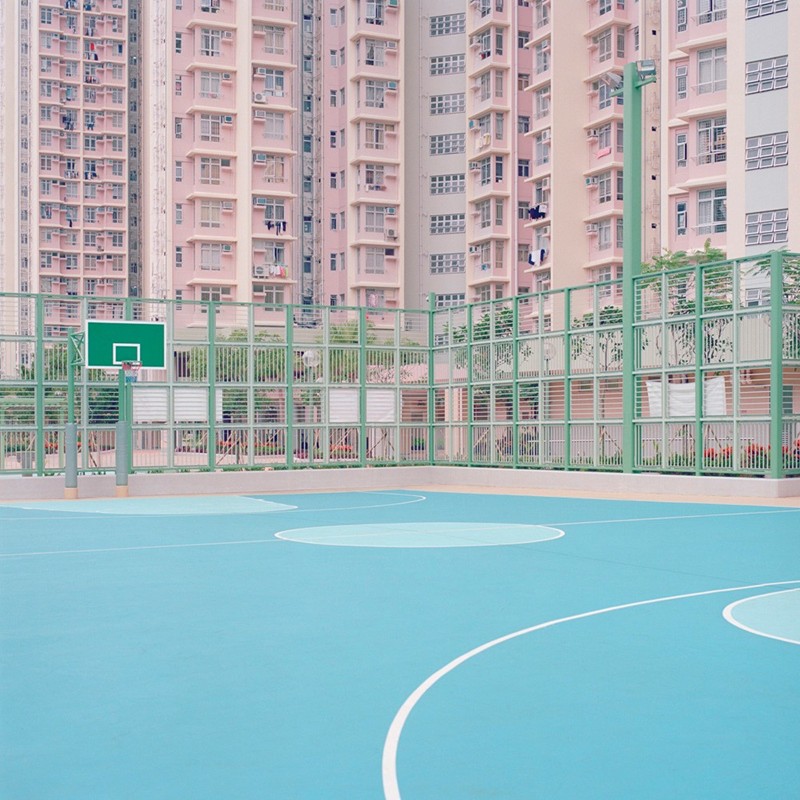
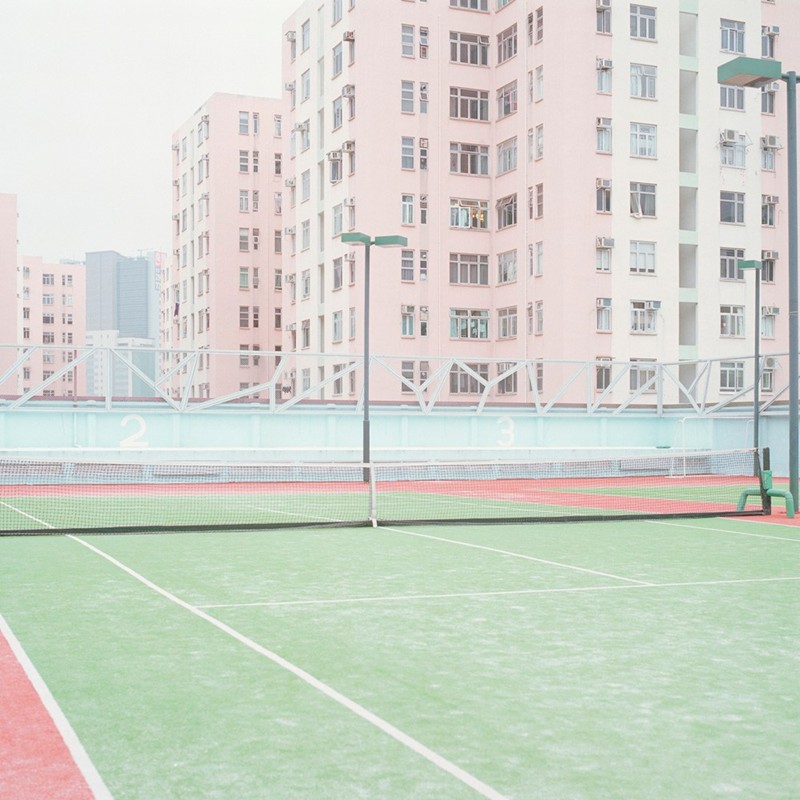
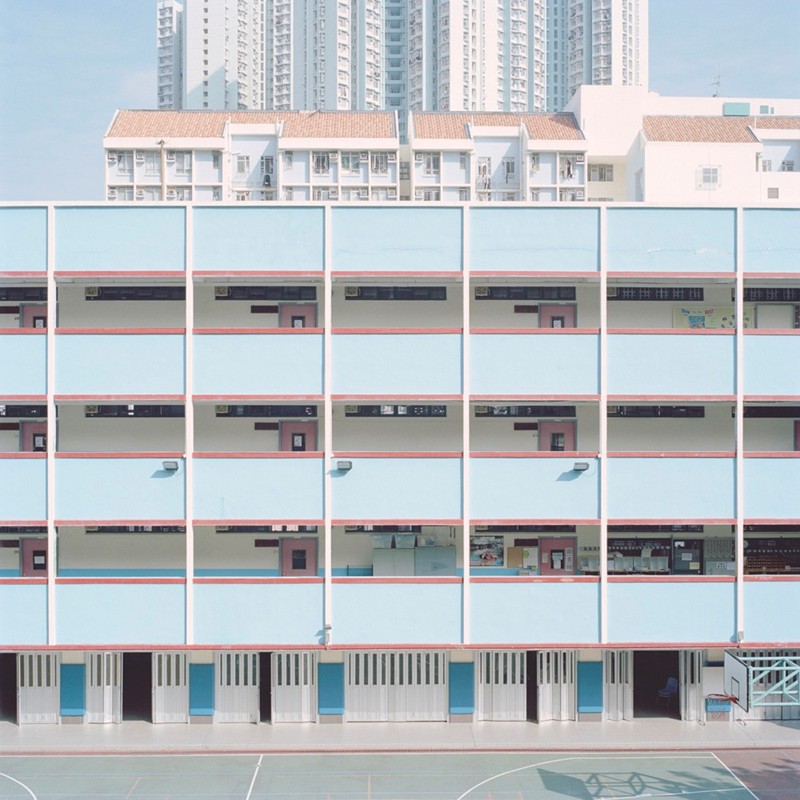
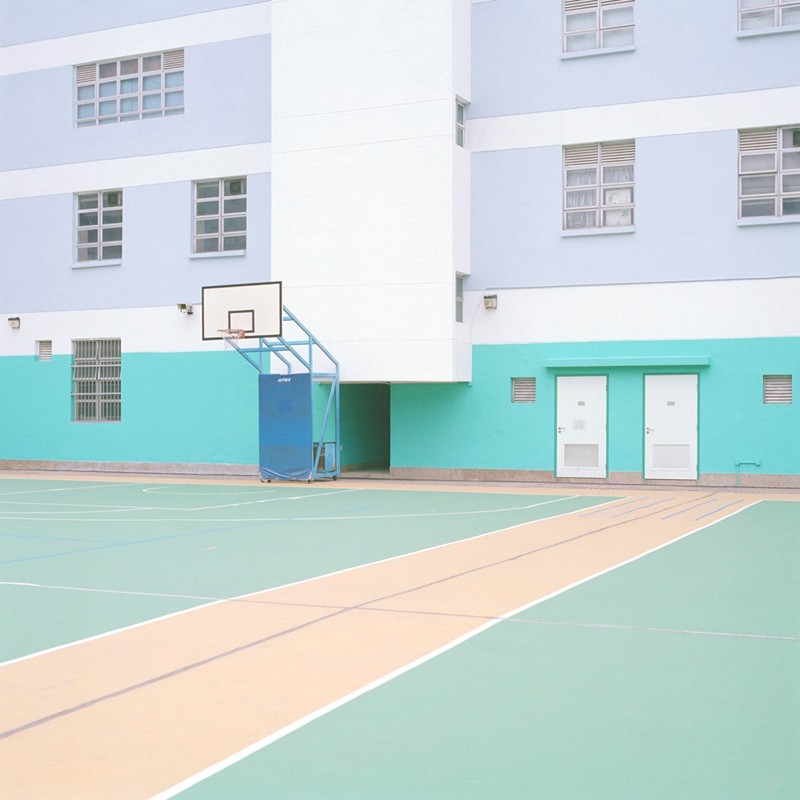
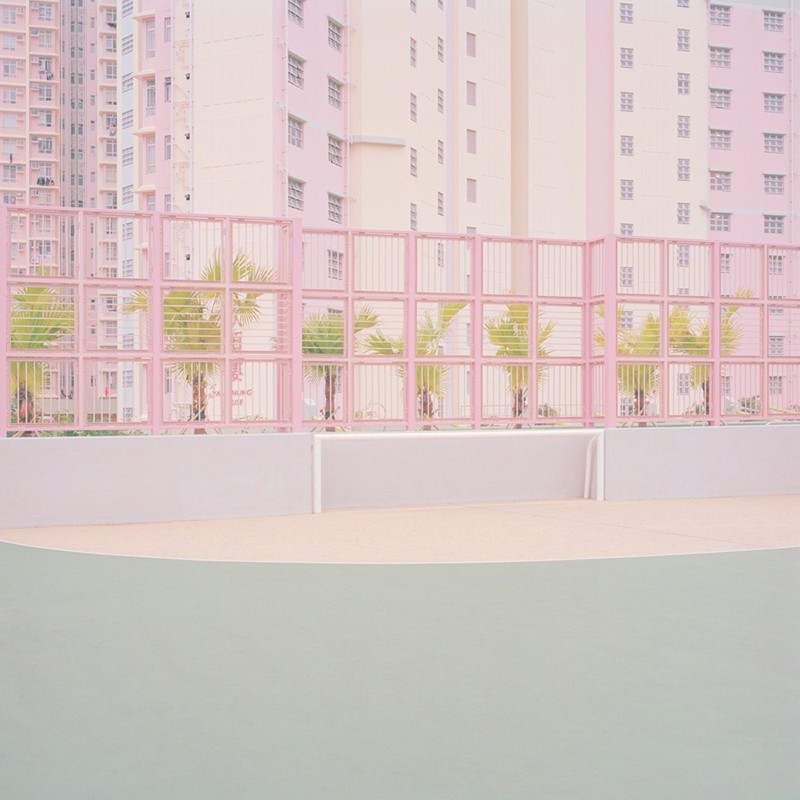
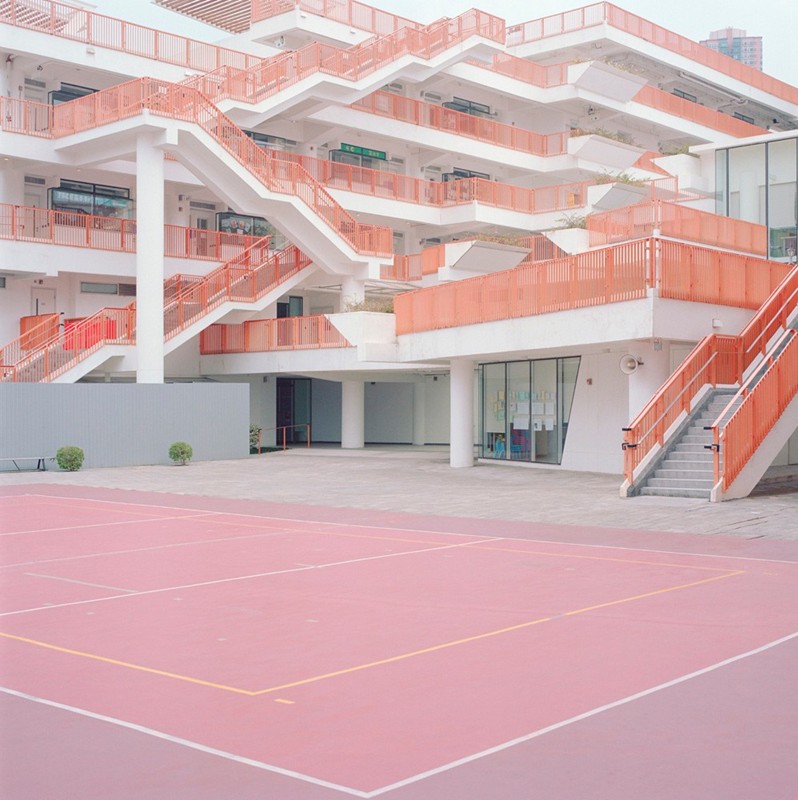

21st century men:
Agus Beluchi Agus, 23, from Argentina, states that Jack Lankford is both a male and a female model. Well, to a certain point, the same could.
Murasaki Baby made the top 5 most talked about games of gamescom in the Guardian.
Muraski Baby is an upcoming side-scrolling game developed by Ovosonico exclusively for the PlayStation Vita.[1] The game is directed by Massimo Guarini [2] who previously worked on the games Killer7, No More Heroes (video game), Shadows of the Damned.
The main character is known as Baby. The game world is a world populated by children’s fantasies and fears. Using the Vita touch pad, a player must guide Baby through the childlike world.[3]
Featured during Sony's pre-Gamescom press release, this highly stylised 2D adventure gets the player to guide a toddler through a nightmarish fantasy world, using the touch pad to hold her hand as she explores. The trailer shows the girl wandering about with a balloon in her hand, shrinking away in terror from monsters, and the player's role is to teach her what is safe and what is not – and also to retrieve her balloon when she accidentally releases it. Developed by Italian studio Ovosonico, formed by Massimo Guarini, an ex-director of Grasshopper Manufacture, this one really stood out among Sony's cavalcade of indie announcements; it has has hardened journalists wistfully recalling the Ico hand-holding mechanic. More games should have hand holding.
How important is a logo that we actually recognize without reading any of the writings?
Well, most of the times it gives us that immediate sense of "genuine and original" but what if it becomes too recognizable? Still not paying attention?
Have a look.
Born on May 1, 1968 near Bordeaux, France, Alain Laboile is a photographer and father of six.
In 2004, as he needed to put together a portfolio of his work as a sculptor, he acquired a camera, and thus developped a taste for macrophotography, spurred by his passion for entomology.
Later on, he pointed his lens towards his growing family which became his major subject, be it in a realistic depiction of their atypical lifestyle in “La Famille”, or in bizarre stagings around a pond in “Réflexion autour du bassin”.
“Capturing a Childhood Idyll in France ”
Minimal, stunning, amazing re-imagined movie posters by Brandon Schaefer
Velorapida is a new, Milan-based company dedicated to creating the most extraordinary electric bicycles. Each Velorapida bike is handcrafted with a fine attention to detail. The body is modeled on vintage designs, and the battery is concealed within an elegant carrier mounted on the handlebars. All of the cabling runs through the frame, to ensure that the function doesn’t interfere with the beauty of the form.
The Style Man model is a vintage style, electric bike featuring a reinforced steel frame and rod breaks. It is solid, elegant, and fast. This product is only available in Europe. – sorry everyone in the rest of the world!
"To suggest that the way I use Helvetica is an easy way out typographically is ridiculous. Simply ridiculous. I spend an enormous amount of time spacing, lining, and positioning type. The fact that I use only a small variety of typefaces demands a certain discipline, a skill precision, a focus on the finer details. It’s certainly not a different-typeface-for-every-occasion attitude. Now, that would be an easy way out."
"Le cose belle della mia vita non sono cose"
Malgrado io continui ad essere invaghito dei miei oggetti.
Continuing the design world’s obsession with lego (and ours), this luxurious dinner menu appearing in Vogue Gioiello’s May 2013 issue serves up an appetite for dazzling jewelry and comedic irony. Shot by Fabrice Fouillet and styled by Enrica Ponzellini, this set features amazing jewelry from brands such as Fendi, Gavello, and others. How could you not love this deliciously amusing series?
Nuove sezioni Photography e shop!
Check'em out!
online now.
